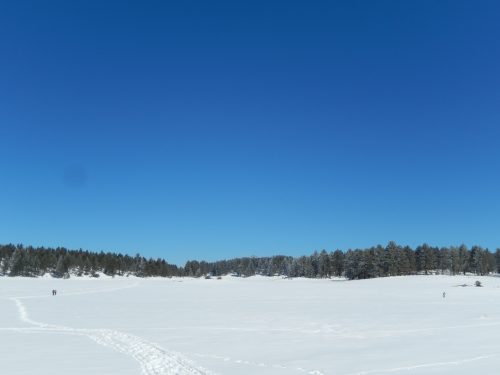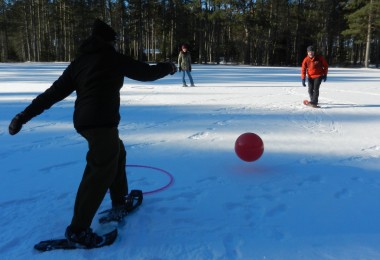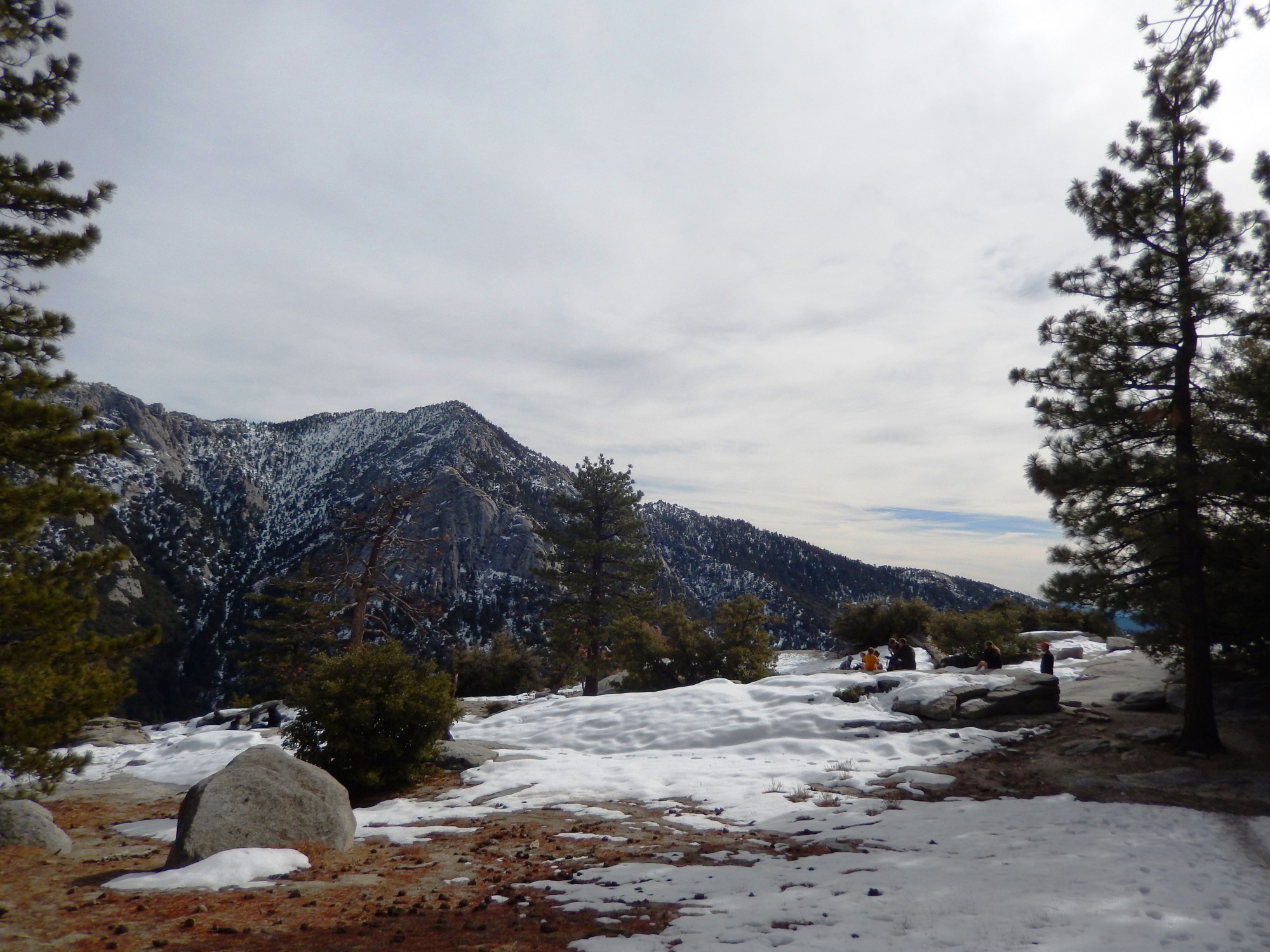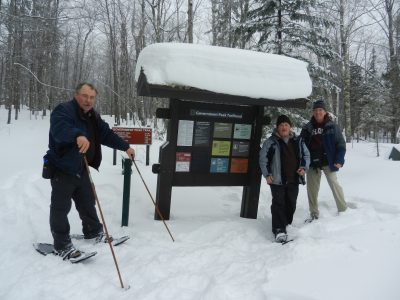Racing for me is about taking chances. Unless it is a championship race, I like to be able to find something out about myself. I usually go into a race with some sort of race strategy either keying off opponents or keying off the course. Last Saturday at the second race of the Beaver Creek Snowshoe Adventure Series I decided that I would take the race out hard for the first uphill mile.
It is generally understood that at high altitudes it is not beneficial to start a race ahead of your goal pace. This drives you deep into oxygen debt early which is very hard to repay at high altitudes. Even at sea level the fastest times are almost always attained with either an evenly paced race or negative splitting. At high altitudes everything is magnified and the consequences are more severe.
The Beaver Creek Snowshoe Adventure Series attracts over 500 athletes for each race, including some of the top trail runners, road runners, cyclists, multi-sport athletes, and triathletes in Colorado. I know that some most of my competition trains in the 5000 to 8000 ft range which is slightly lower that the range I generally train in which is 8,000 to 11,000 feet above sea level. My thinking was that “if I could get some of these guys to go out hard with me, then they will feel the negative affects of altitude a little more.”
As planned, I started fast off the gun and after about 5 minutes I had already build a lead but my legs were already heavy and my breathing out of control. I couldn’t even hold my pace for the first mile. At about 8 minutes I had to back way off the pace and watch Greg Krause as he pulled away. Luckily we headed downhill shortly after the first mile and I eventually regained my form. The race ended up ok in the end, but I think that I suffered much more than I had to. The final two miles of the race gained 1,200 vertical feet to the finish. The 30 seconds that I may have gained in that first 5 minutes could have cost me up to 2 minutes up that final climb.
We all know that it is foolish to start out too fast, but lessons are often leaned much better first hand.





